To build a better South Dakota

WE NEED THESE TOOLS

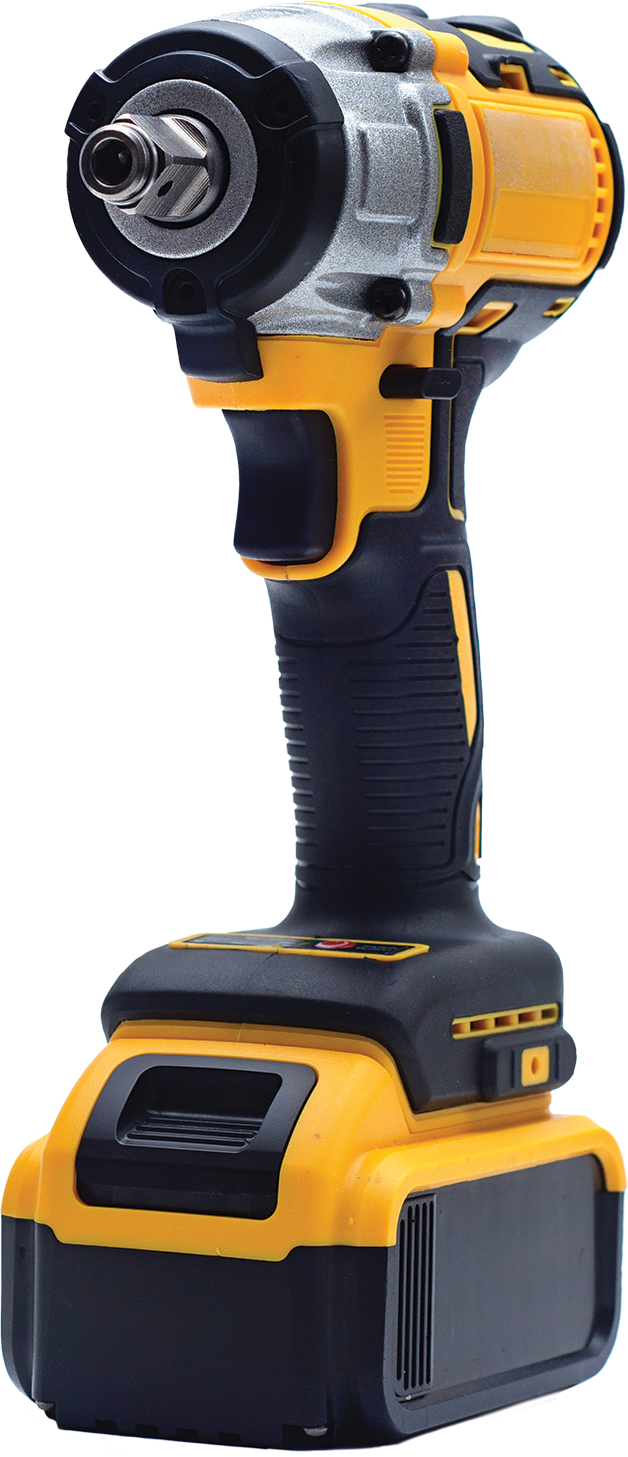


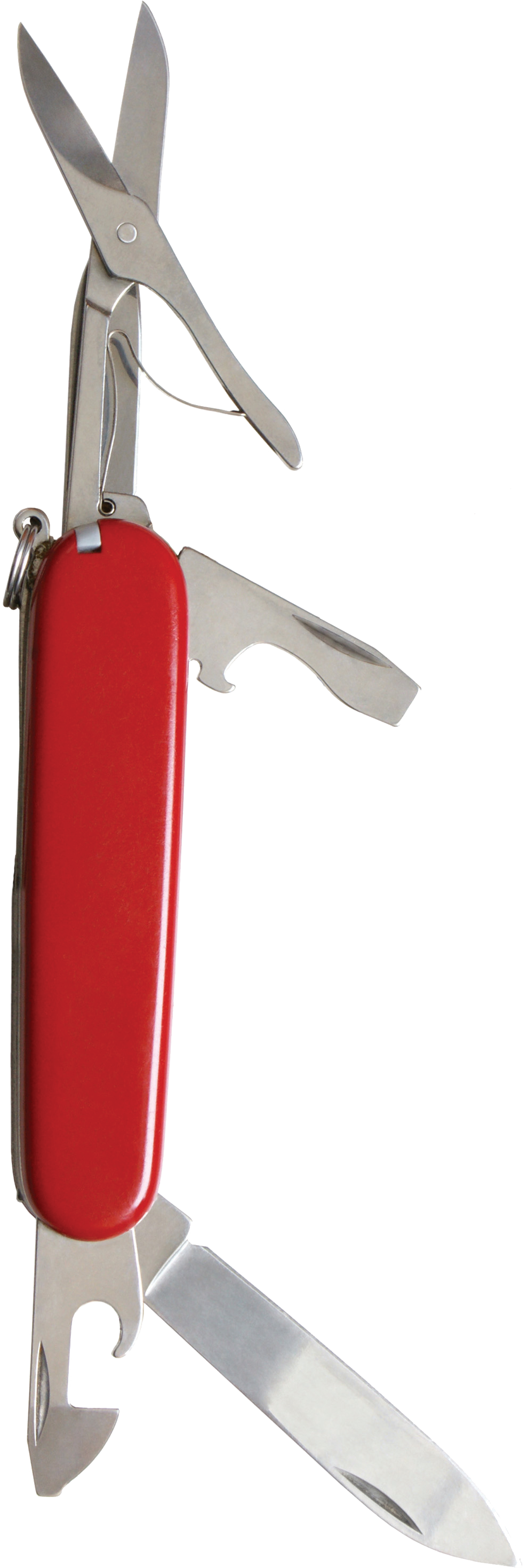


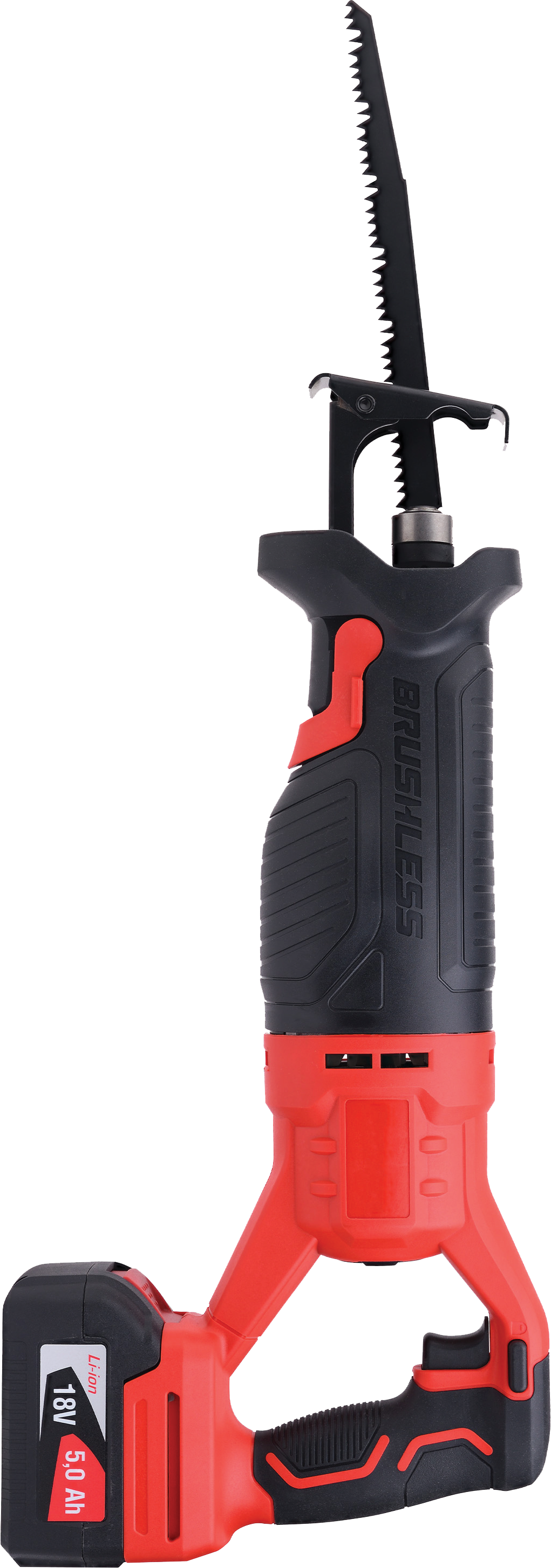

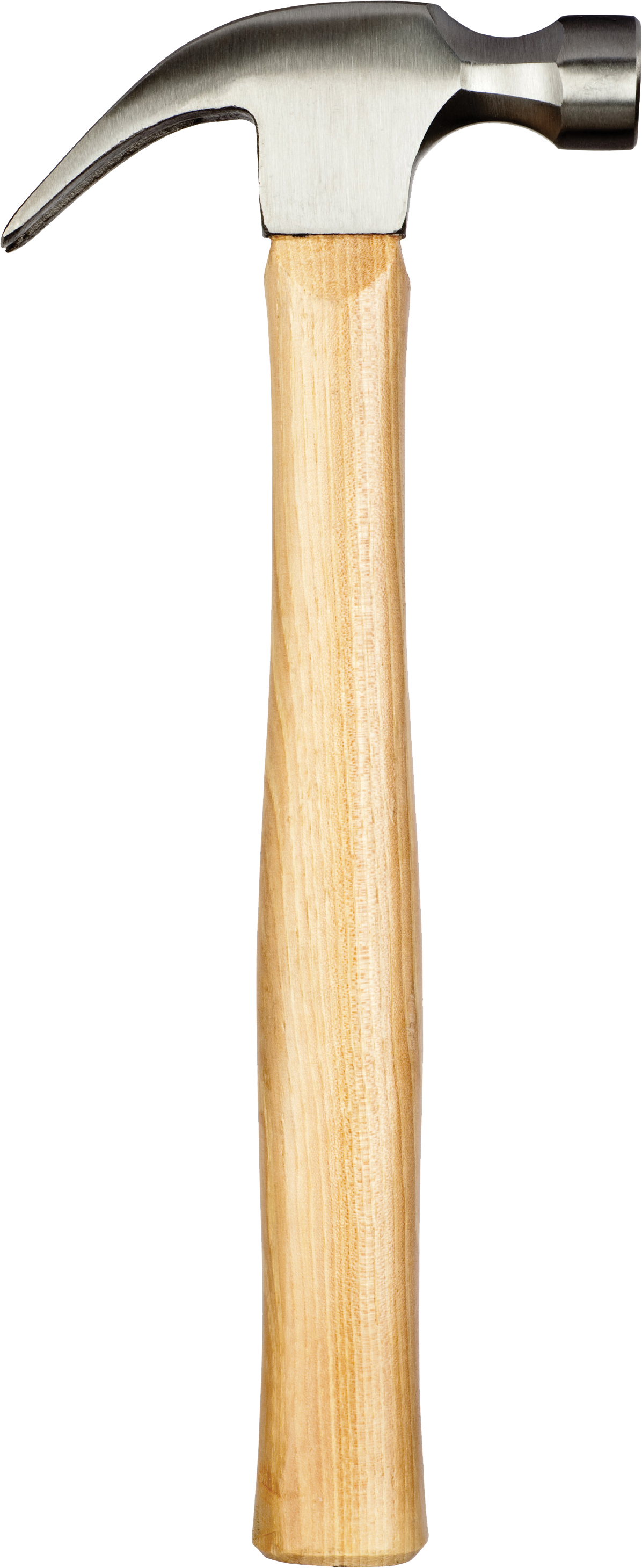




South Dakota's vibrant economy and strong communities haven't happened by chance; rather, they stem from deliberate effort, strategic investment, and the effective utilization of a diverse array of "tools."
These tools, typically represented by state programs and initiatives, have been crafted and refined over the years to promote growth, create opportunities, and enhance the quality of life for all South Dakotans.
Over the past year or so, an attack on economic development has caused turbulence in South Dakota's business community.
Which supports the workforce development and technical assistance programs that help train employees and retrain them during layoffs, as well as supporting business recruitment, economic development initiatives, and research and entrepreneurial activities.
Eliminated the�Future Fund
(Revolving Economic Development and Initiative)
South Dakota's flagship financing tool. It is available to start-up firms, businesses that are expanding or relocating in South Dakota, as well as local economic development corporations. This low-interest loan can be structured in relation to a project's total cost and requires a 10% minimum equity contribution, and a shared 1st lien position on financed assets. Projects can include land purchases; site improvements; construction, acquisition or renovation of a building; or the purchase and installation of machinery and equipment.
If these "no-growth" opponents of progress had their way, they would have:
Eliminated the�REDI Fund



A means of financing public improvements in a defined geographic area, known as a tax incremental district or TIF district.
Eliminated
Tax Increment Financing

Downturned the
SD Housing Authority
Created by the South Dakota Legislature in 1973 with a stated mission to provide opportunities for quality, affordable housing for South Dakotans. SD Housing is a self-supporting, non-profit entity known for its committment to providing innovative financing solutions to create and preserve affordable housing. SD Housing utilizes bonds, tax credits, and other federal and state resources to fund housing programs which provide mortgage and downpayment assistance, housing construction and rehabilitation, homelessness prevention, rental assistance, and educational opportunities.
These tools, both individually and collectively, showcase South Dakota's commitment to fostering a vibrant community and creating opportunities for its residents. They represent strategic investments that yield substantial returns in terms of job growth, community development, and an enhanced way of life.
By acknowledging and supporting these vital programs, we can collectively contribute to building an even stronger South Dakota for future generations.
The Governor's Office of Economic Development
Driving Development.
Strengthening Our Economy.

The Governor's Office of Economic Development acts as the state's primary driver for business development and expansion. For decades, its mission has been to cultivate a favorable business climate, attract new investment, assist existing businesses in growth, and create quality jobs for South Dakotans. GOED has always met the needs when the private sector and communities lacked the resources or knowledge to do so.
History
How It's Used
GOED employs a wide array of strategies and programs. These include:
Actively working to attract out-of-state companies and assisting South Dakota businesses in their expansion efforts.
Business Recruitment & Expansion
Collaborating with educational institutions and industry to ensure a skilled workforce is available to meet business needs.
Workforce Development
Offering various loan programs, grants, and tax incentives to support business investment and job creation. Key financing programs include the REDI Fund and South Dakota Works.
Financing and Incentives
Assisting communities with infrastructure projects and planning to support economic growth.
Community Development
Showcasing South Dakota as an ideal place to do business and live.
Marketing & Promotion
A broad spectrum of users, including entrepreneurs starting new ventures, small businesses looking to expand, large corporations relocating or establishing new facilities, and local communities seeking to improve their economic base.
Who Has Used It?
GOED's efforts contribute significantly to job creation, capital investment, and increased tax revenues.
Effect & Impact
Examples
Over the past five years (as of early 2025), GOED helped facilitate 22 project wins in the dairy industry, resulting in $1.3 billion in capital investment and nearly 700 new jobs. South Dakota's dairy cow population more than doubled in the last 10 years (an increase of 117% as of January 2025), leading the nation. This industry supports an estimated 14,000 jobs and generates $7.2 billion in output annually.
Dairy Industry Growth
A flexible loan program offering working capital, fixed asset financing, and interim construction financing. It's a gap financing tool, often targeting 20% of eligible project costs, with a 3% fixed interest rate and a required 10% equity contribution.
South Dakota Works
Effect & Impact
Sentry (Watertown) operates a full-service engineering, procuring and constructing company while the sister company Team Lodge manufactures 4-season trailers. The company expanded to Watertown in 2019 and moved into a leased facility. They grew beyond what that facility could accommodate and their lease was due to expire.
A REDI loan of $2,725,963 in October 2022 to the Watertown Development Corporation allowed the WDC to build and lease a building to Sentry in the Calvin Industrial Park.
In February 2024, Sentry secured a REDI loan of $1,912,500 to purchase new state-of-the-art equipment for the facility that the Watertown Development Corporation had constructed.
In May of 2025, Sentry had grown to the point that they took out a second REDI loan of $2,875,000 to purchase the building from the Watertown Development Corporation. The company has grown from 76 employees when they first moved into the new building to over 160 today.
Who Has Used It?
The REDI Fund can be used for land purchases, site improvements, building construction/renovation, and machinery/equipment. The current base rate is 3%.
How It's Used
South Dakota's flagship financing tool, this low-interest loan program is available to start-ups, expanding/relocating businesses, and local economic development corporations.
History
Total Counties:
48
Total Companies:
383
Total Jobs:
36,171
Total Loan Amount:
$358.5M
Total REDI loans:
500


Masaba (Vermillion) is a manufacturer of custom designed/engineered material handling solutions for the aggregate, hard rock, coal, biomass, loading/unloading, etc. industries. Masaba moved their operations from Akron, IA to Vermillion in 2004.
A REDI loan in November 2004 of $1,250,000 allowed them to construct the new manufacturing facility to accommodate the company's growth. Another REDI loan in November 2007 of $1,200,000 allowed them to add 60,000 square feet to their existing facility. And Masaba was awarded a third REDI loan of $6,750,000 in July 2024 to expand by building a new fabrication facility with office space.
Starting with 35 employees in 2004, today they employ over 150.
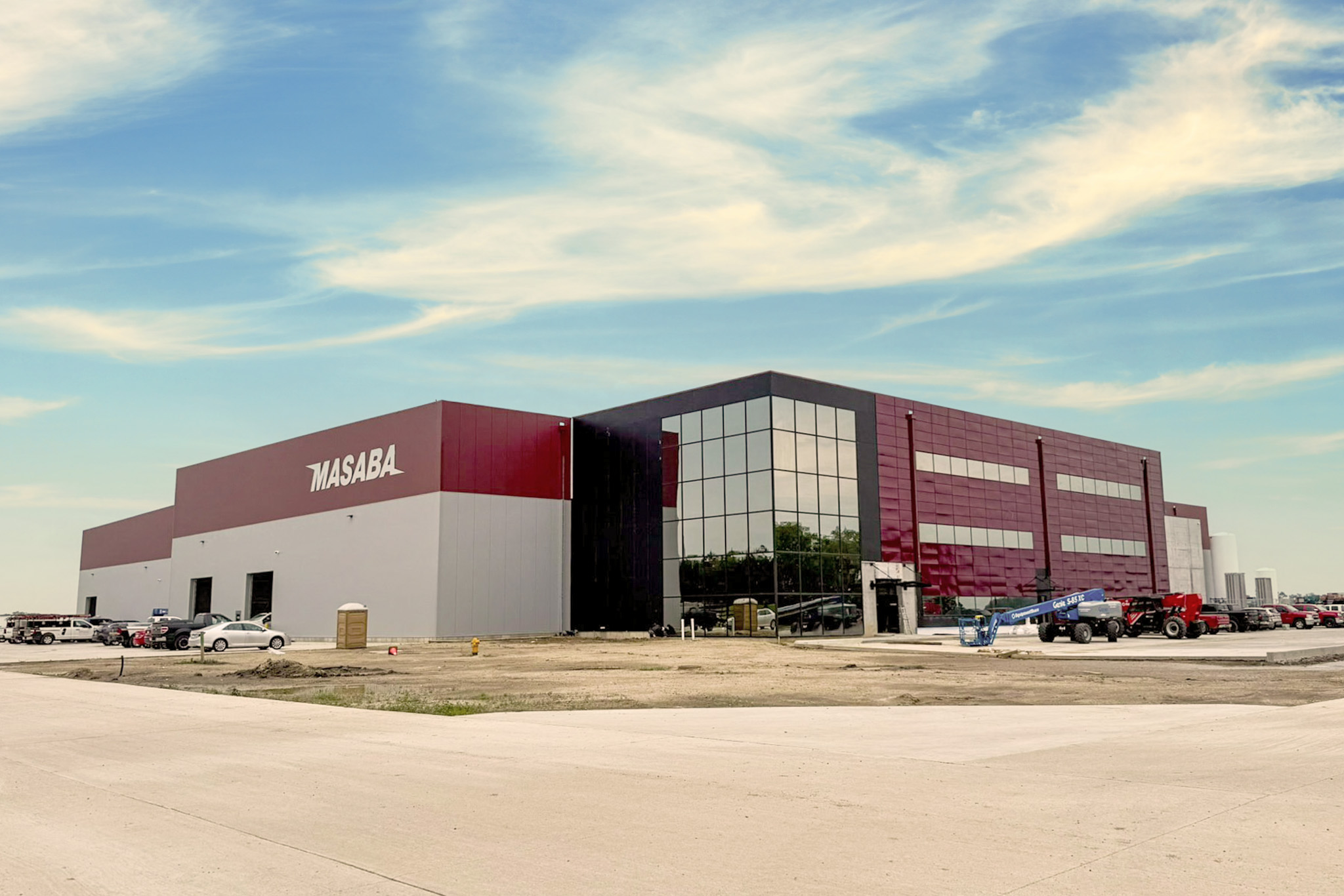


REDI (Revolving Economic Development and Initiative) Fund
The Power to Make Things Happen

South Dakota Housing Development Authority (SDHDA)
Keeping Communities Balanced & Stable.
Examples
GOED's efforts contribute significantly to job creation, capital investment, and increased tax revenues.
Effect & Impact
First-time homebuyers, low- to moderate-income families and individuals, renters, housing developers, and non-profit organizations.
HOF Awarded $1.56 million, resulting in the new construction of 8 single-family homes, rehabilitation of 10 multi-family units and 31 single-family homes, and homebuyer assistance. This leveraged a total development cost of over $4.6 million. In FY24, applications received exceeded available HOF funding by approximately $2.2 million, highlighting the continued need.
Housing Opportunity Fund (HOF) FY 2024
The First-time Homebuyer Program helps stabilize communities by increasing homeownership rates and keeping younger generations in South Dakota.
First-time Homebuyer Program
Who Has Used It?
Helping families afford safe and sanitary housing.
Rental Assistance Programs
Created in 2013, the HOF promotes economic development by expanding the supply of quality, affordable housing. It serves individuals and families at or below 115% of the Area Median Income.
Housing Opportunity Fund (HOF)
Financing and support for constructing and rehabilitating affordable multi-family rental units.
Affordable Housing Development
Provides low-interest mortgage loans to help South Dakotans purchase their first home. Often this includes options for downpayment and closing cost assistance.
First-time Homebuyers Program
SDHDA administers a variety of programs, including:
How It's Used
Established by the South Dakota Legislature in 1973, SDHDA was created with the mission to provide decent, safe, and affordable housing to low- and moderate-income South Dakotans. It is a self-supporting, non-profit entity that uses no state tax dollars to fund its programs.
History

Build Dakota Scholarship Fund
Connecting Tech Students with SD Companies
Effect & Impact
Today, Adam has the job of his dreams working with Journey Construction. And that's allowed him to buy a house at age 22. Adam is building a better future for his community, and himself, thanks to the Build Dakota Scholarship.
Students of all ages (from South Dakota and out of state) seeking technical education, South Dakota's technical colleges, and South Dakota businesses in need of skilled workers. Workers like Adam — a graduate of Southeast Technical College.
Who Has Used It?
Provides full-ride scholarships (tuition, fees, books, and other required program expenses) to students pursuing technical degrees or certificates in eligible high-demand programs at South Dakota's four technical colleges (Lake Area Technical College, Mitchell Technical College, Southeast Technical College, and Western Dakota Technical College).�
Recipients commit to living and working in South Dakota, in their field of study, for at least three years following graduation.�
Industry partners often co-sponsor students, contributing to scholarship funds and providing potential employment.
How It's Used
Launched in the 2015–2016 academic year, the Build Dakota Scholarship program was a visionary partnership involving the State of South Dakota (utilizing the Future Fund), private benefactor T. Denny Sanford, and industry partners. It was created to address critical workforce shortages in high-need technical fields.
History
The program helps businesses thrive and expand by filling skilled postitions, contributing to overall economic growth. This initiative has provided $43 million in statewide scholarships for trade schools.
Economic Impact
Industry partner contributions grew from $142,336 in the initial years to $4.2 million in the 2023–2024. 89% of students were paired with an industry partner.
Industry Investment
The program has helped boost tech school enrollment, with an overall headcount of 7,407 in Fall 2024, up 7.1% from the previous year.
Enrollment Boost
Data from the state's Board of Technical Education shows that 87% of technical college students who graduated in 2022 were working in South Dakota or continuing their education six months after graduation, a significantly higher in-state retention rate compared to four-year public universities.
Retention
As of late 2024 (marking its 10th year), nearly 3,400 individuals had received Build Dakota Scholarships.
Addressing Workforce Needs

Tax Increment Financing (TIF)
The Flexible Financing Tool
The City of Sioux Falls has utilized TIFs for various purposes, including redeveloping deteriorated property and stimulating economic development. For instance, a proposed TIF (#25 for Cherapa II LLC) requested $25.375 million in TIF assistance, with the projection that the poerperty would generate an increment of $1.9 million in property taxes per year after payout (estimated 20 years). State law requires that the cumulative base value of all TIFs in a city cannot exceed 10% of the total taxable property value. TIFs also secured 400 acres of industrial land for Foundation Park North, and the Amazon TIF created a repayment source that led to the acquisition of CJ Foods.
Sioux Falls
Example
Effect & Impact
City governments, county governments, and private developers undertaking projects within designated TIF districts.
Who Has Used It?
TIFs are often used for infrastructure improvements (street, utilities), land acquisition, site preparation, or to help bridge financial gaps for projects in blighted or underdeveloped areas.
The property taxes generated by this "increment" (the increased value above the base) are captured and can be used to pay for public improvements supporting the project or reimburse developers for eligible costs.
As development or redevelopment occurs (spurred by the TIF), the assessed value of the property increases.
A TIF district is created over a defined geographic area. The "base" assessed value of the property within the district is established.
How It's Used
Tax Increment Financing is a public financing method authorized by state law and used by local governments (municipalities and counties) for decades in South Dakota and across the nation. It is designed to incentivize development or redevelopment in specific areas that might not otherwise attract investment. It is a local option that creates shovel-ready land for development.
History
Traditional property tax revenues from the "base" value continue to flow to the regular taxing entities (schools, county, city).
TIFs provide a long-term mechanism for necessary public infrastructure, creating new property taxes that support future growth.
Infrastructure Development
TIFs can be instrumental in revitalizing deteriorated areas, leading to improved aesthetics and increased property values over the long term. Once the TIF expires, it will ultimately benefit all taxing jurisdictions.
Blight Reduction & Enhanced Property Values
New developments spurred by TIFs create construction jobs and permanent jobs within the new businesses.
Job Creation
TIF helps make challenging projects financially feasible, leading to new construction, renovation of existing buildings, and increased private investment.
Stimulates Investment

The Governor's Future Fund
Quickly Adapts for Unique Opportunities.
Addressing unforeseen economic challenges or opportunities.
Emergency Economic Needs
Historically used for scholarships (including being an initial funding source for the Build Dakota Scholarships) and other training programs. The GOED website indicates current use for Workforce Development Program awards.
Workforce Development
Investing in research and development, such as the establishment of the Sanford Underground Research Facility (SURF) at the Homestake Mine.
Research Initiatives
Supporting infrastructure development is crucial for economic growth.
Infrastructure Projects
Providing critical funding to attract major employers or assist existing ones with significant expansions.
Business Recruitment and Retention
South Dakota governors, research institutions, communities, student scholarships and businesses; including Bel Brands, Marmen Energy, Foundation Park in Sioux Falls, Enterprise 605 for South Dakota startups, Dakota State University, and the South Dakota Science and Technology Authority.
Who Has Used It?
The Future Fund is a discretionary fund available to the Governor to respond to unique economic development opportunities and strategic needs. Historically, its uses have been varied:
How It's Used
Officially known as the Employer's Investment in South Dakota's Future Fund, The Governor's Future Fund was established by the Legistlature in 1987 at the recommendation of Governor George S. Mickelson. It was designed to promote economic development and research. The fund is sustained by a small "investment fee" portion of the unemployment taxes paid by employers.
History
The Future Fund has played a pivotal role in many of South Dakota's landmark economic development successes.
Sanford Underground Research Facility (SURF): The Future Fund was instrumental in the early stages of establishing this world-class research lab.�
Ellsworth Air Force Base: The fund has been used to help preserve and support Ellsworth AFB during times of potential realignment or closure.�
Build Dakota Scholarships: Provided $25 million from the Future Fund to help launch and endow this critical workforce initiative. Governor Noem also allocated an additional $2 million in 2024 and 2025 from the fund to assist the program.�
Workforce Development Awards: The GOED website lists annual awards from the Future Fund for workforce development, indicating ongoing investment in employee training and upskilling. For example, "Future Fund Awards CY 2024 Workforce Development" are listed as public records.
The Future Fund's flexible nature allows the state to be agile and responsive to emerging economic opportuntities that might not fit neatly into other established programs. While its use can evolve and be subject to public discussion regarding transparency and alignment with its original intent, its historical impact demonstrates its value as a strategic tool.
Effects & Impact
Examples of Wins
2012
$4.6 million
Bel Brands for business development
2013
$250,000
Marmen Energy for workforce development and recruitment
2014
$4 million �for Tech School equipment
2015
$3 million�to help buy Foundation Park mega site
2016
$7 million
to create Enterprise 605, to invest in SD startups
2017
$10 million
to earn $50 millon from Denny Sanford for DSU
2018
$4 million
to SD Science & Technology Authority to help build a maintenance building for the underground lab
2019
$2.5 million
to the Science & Technology Authority for funding construction of new Maintenance Support Facility
2019
$2.5 million
to SD Board of Regents to construct School for the Blind and Visually Impaired
2020
$10.5 million
to SD Community Foundation for Build Dakota Scholarships
2021
$6.7 million
to Sioux Falls Development Foundation for CJ Foods expansion
2023
$4.7 million
to Lake Area Technical College for equipment upgrades
2023
$1.5 million
to Southeast Technical College for equipment upgrades
2023
$2.3 million
to Mitchell Technical College for equipment upgrades
2023
$1.5 million
to Western Dakota Tech for equipment upgrades
2023
$7.9 million
for Department of Labor and Regulation for Registered Apprenticeship Programs (RAPs)
2023
$3 million
for North Sioux City Development Corporation for industrial park development
2024
$13.5 million
for Department of Game, Fish and Parks to fund shooting complex
2024
$15 million
for Sioux Falls Development Foundation for CJ Foods business expansion
This toolbox kit showcases some of the key instruments employed by the state, particularly through the Governor's Office of Economic Development and other essential agencies, to construct a prosperous future. Understanding these tools — their history, their purpose, and their impact — is vital for appreciating the ongoing work of building our state and for countering narratives that challenge growth and development.
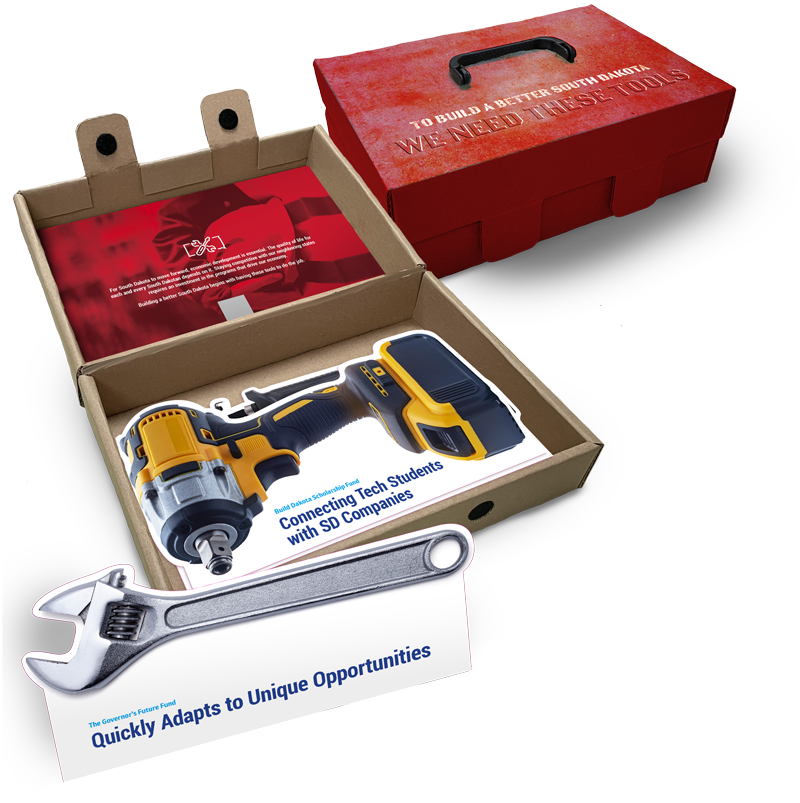


©2025 SD Chamber Of Commerce & Industry








Governor's Office of Economic Development
REDI (Revolving economic development and Initiative) Fund
South Dakota Housing Development Authority
Build Dakota Scholarship Fund
Tax increment Financing (TIFS)
The Governor's Future Fund


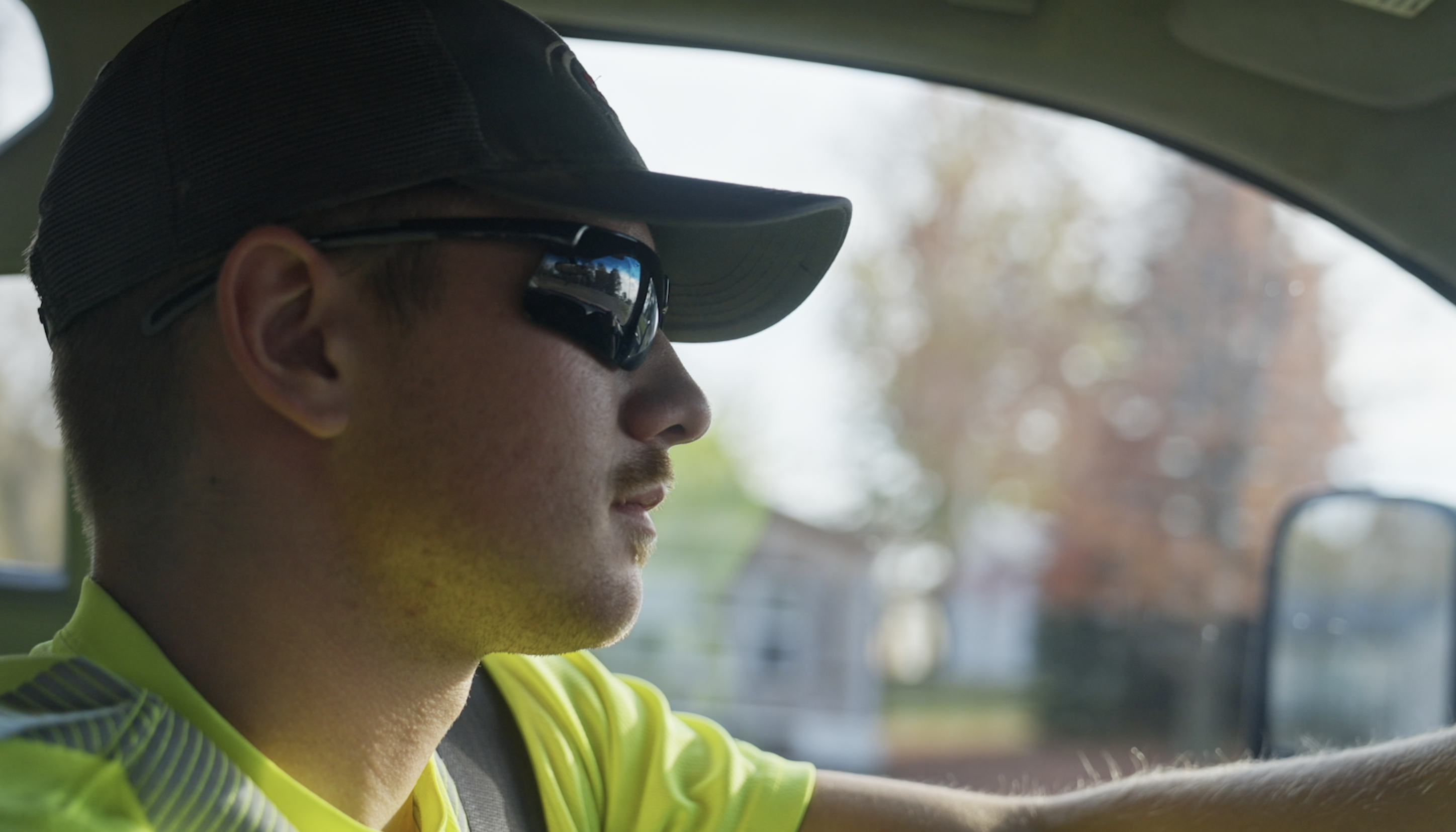
SD Chamber of Commerce & Industry
PO Box 190
Pierre, SD 57501
605-224-6161
Ryan@SouthDakotaBusiness.com







